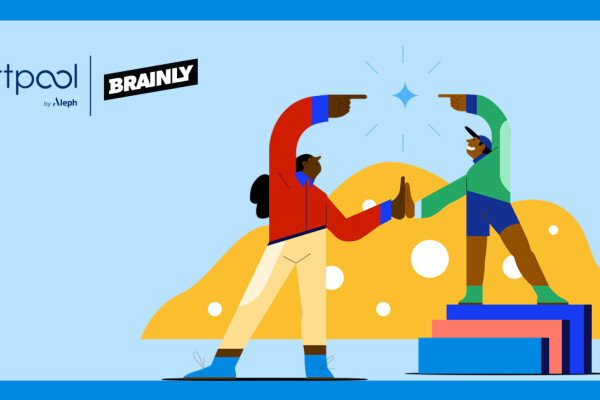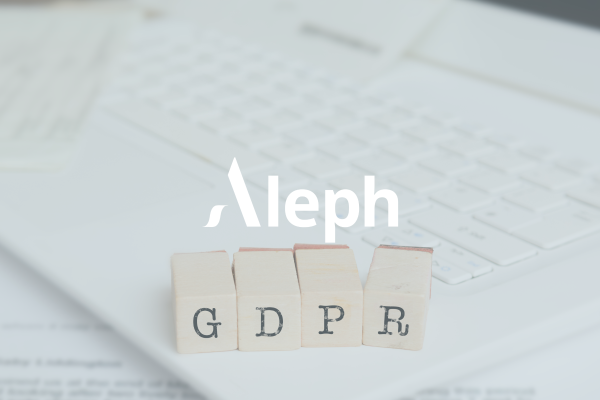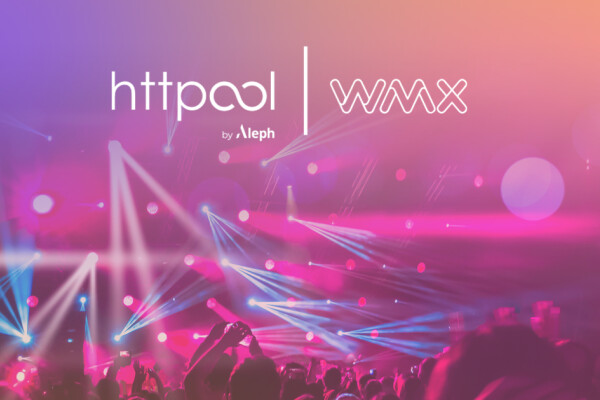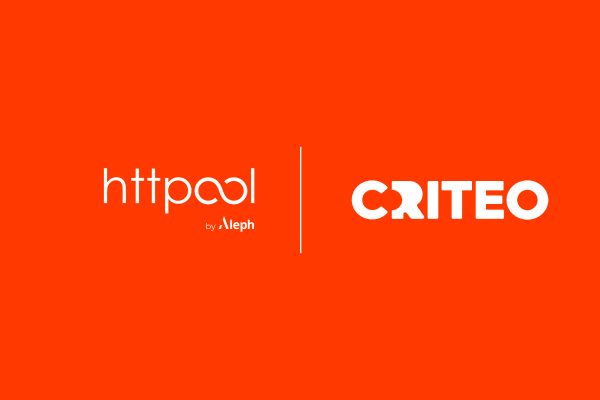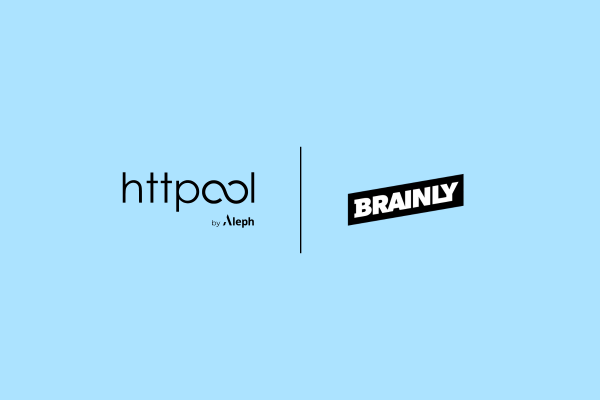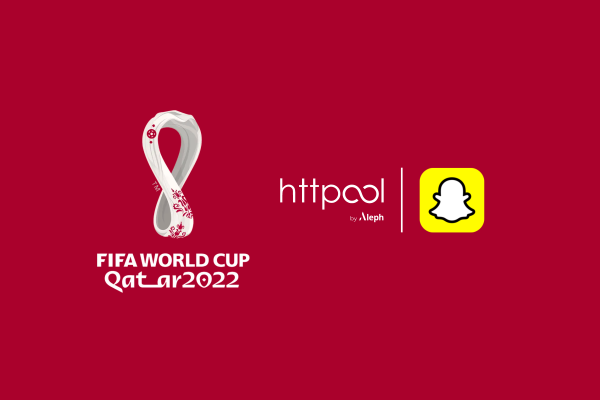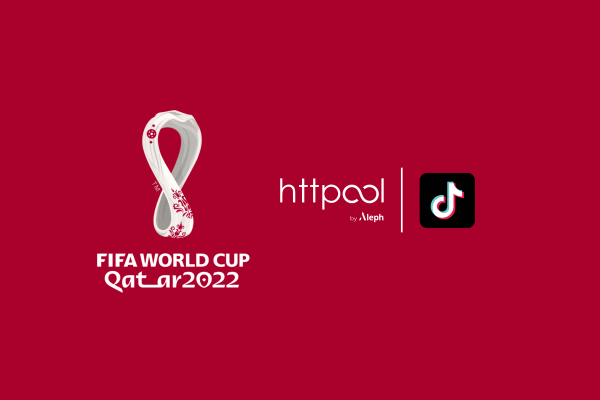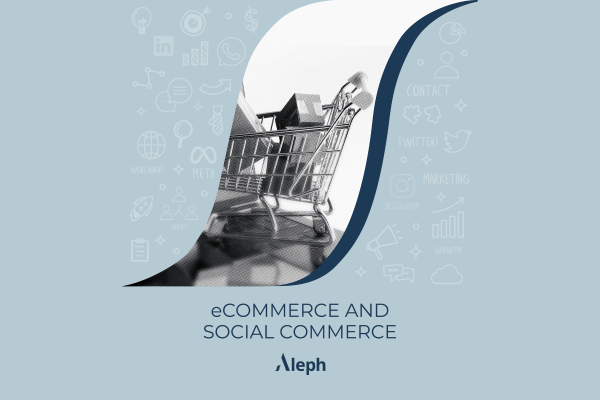
Like other major religious holidays around the world, Ramadan has become a season of consumerism. Attention focuses on making big travel plans for the future and online shopping. Even if COVID-19 might prevent Muslims from booking plane tickets this year, e-commerce is expected to skyrocket during this holy month. Global brands need to understand that advertising during the month of Ramadan can be well leveraged if done right. Harnessing the right channels, focussing on key moments and crafting culturally relevant messages is what will make your campaign successful.
A big market with important potential
Around 1.8 billion Muslims around the world represent almost a quarter of the global population. Spread over 50 countries, the biggest populations are located in South-East Asia (600 million), and the Middle East and North Africa (MENA) (240 million). Many brands already know that Muslims wield considerable buying power. Thomson Reuters report showed that Muslims spent $1.9 trillion across all sectors in 2015, with projections to grow to $3 trillion by 2021.
In the United Arab Emirates, 41% of people increase spending during Ramadan, and Twitter reports that during this time, 83% of Muslim consumers are open to trying new brands and products. YouGov research strengthens the point, showing that 40% of people more search for offers, and 49% of consumers prefer discounts during Ramadan. Subsequently, consumer focused companies in Muslim countries usually increase their ad spend by around 20% during Ramadan to reach out to people who are spending most of their days at home and most of their evenings with extended family.
Follow the sales cycle and focus on late-night shoppers

Sales are high all the way through the month of Ramadan. While statistics vary by region, the general trend is similar all over the world. Sales peak in the week before Eid al-Fitr, which this year falls on the day of 23 May. In the third week of Ramadan, retail sales usually rise almost 50% and so the best opportunity for connecting with shoppers during the second half of Ramadan. Shopper interest and activity are again invigorated in 1-2 weeks following Eid al-Fitr. While people may be more focused on celebrations with family and friends during Ramadan itself, these two weeks seem to represent a kind of a rebound from the fasting period.
Getting into the mindset of a Muslim consumer during Ramadan it is no surprise to realise that most sales happen at sundown. In the early mornings, people are shopping around 4am with sales 17% higher than average just before the fasting begins for the day. Inversely, a dip in sales can be noticed around 6pm when the fast ends and people gather for a meal, but a resurgence of attention comes shortly afterwards, when they connect online to share pictures of their meals on Instagram.
Digital and mobile skyrocket during Ramadan
Consumers in South-East Asia and the MENA region spend more time online during Ramadan, reflecting the general dynamics of this period. Mobile is a primary channel of communication and buying during Ramadan and apps can importantly help drive sales. In 2018, in-app sales grew by up to 79% in the Middle East. Consumers are moved to buy mainly within apps that provide an easy, convenient shopping experience.
Facebook is an essential platform for Muslims surviving the month of fasting. 9 out of 10 people said that they used the Facebook family of apps during Ramadan and 8 out of 10 said that social media is their favourite method for brands to approach them. During the 2018 Ramadan, over 280 million people globally had around 3 billion interactions with content related to Ramadan on Facebook.
As Ramadan is in fact the biggest annual event for a quarter of the world population, Twitter offers countless opportunities for brands to reach out and capitalise on the narrative going on around the topic. Brands that align their communications with key phases of the Twitter conversations cycle (Immerse, Hype, Participate and React) can achieve on average a 7% bigger brand preference and a 3% lift in purchase intent. Different Twitter products can support sales at different stages, from First View to Promoted Trend, Spotlight and others.

Cultural relevance is key
Like with any other religious holiday, messaging is very important for the success of the campaign. Twitter has proven that the bigger the cultural relevance, the better the brand metrics. Ads have to be respectful of the Muslim culture and consider that strong emotional ties in the society are at the heart of this important holiday. Brands have to know local specifics as traditions vary by country and make sure that their messages are respectful and impactful.
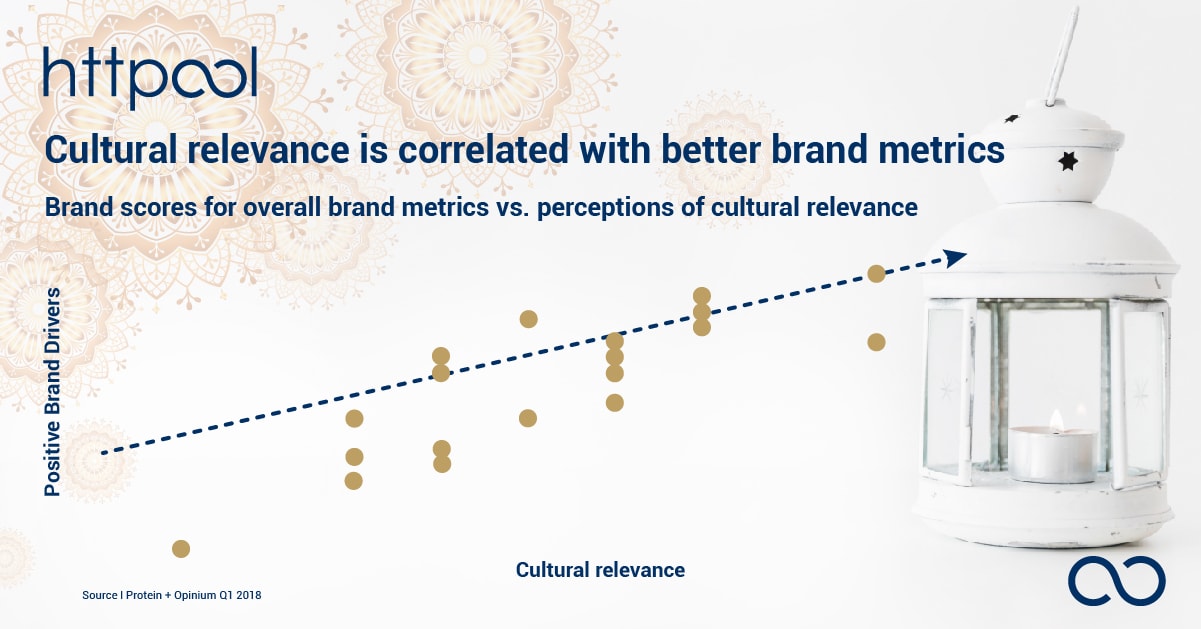
Hot topics around Ramadan are family and cooking, but bear in mind that there is no one-size fits all solution for marketers. The key is finding your opportunity for cultural relevance, tailoring your messages and communicating in peak times. Make sure that what you’re saying is adding value and that your message is unique to your brand. The right combination of channels, timing and cultural relevance will support your brand on the way to success.
